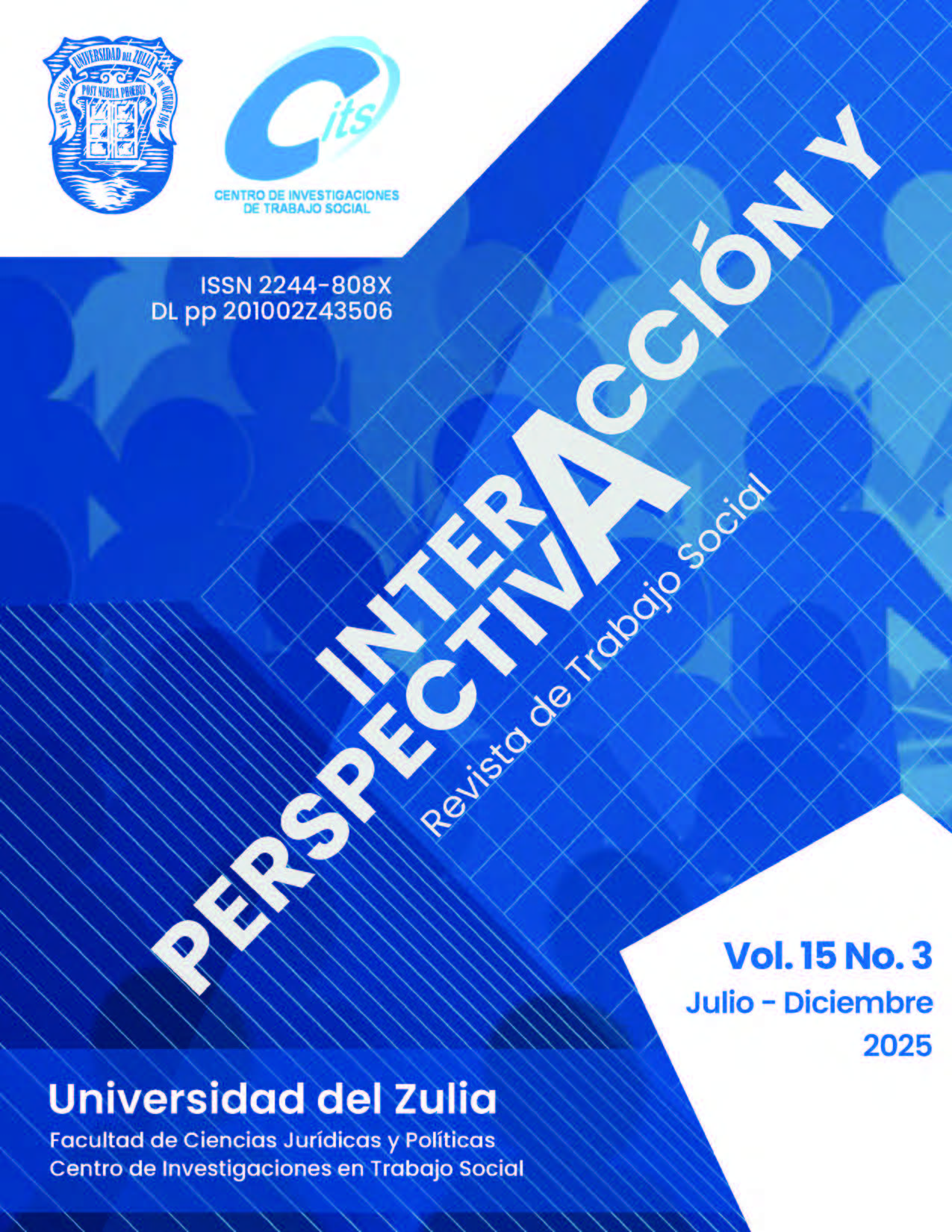Quandary about pregnancy decisions: a study of literate women
Abstract
Present study examine the dilemma of unwanted and unhappy pregnancy faced by literate women of Pakistan. Existing literature highlights this problematic situation for women. However, there is a need to precisely categorize the different experience of women either they face unwanted pregnancy or unhappy pregnancy. Current study fills the literature gap from examining the causes and experiences of unwanted pregnancy and unhappy pregnancy. Moreover, illuminate on the unavoidable reasons for women to get pregnant neglecting their personal wish and health. Research employs the qualitative research design, 20 interviews were conducted from the target population of literate women. Findings reveal major cause to have unwanted pregnancy is the low rate of contraceptive use among married couples. People hesitate to abort their unplanned pregnancy because of their religious believes. Unhappy pregnancy greatly cause because of the wish for male child in family. Existing patriarchal system of Pakistan accelerates the desire for son among married couples. Parents feel pressure, particularly from their immediate family and from society as a whole. This lived experience violates women reproductive rights as results in critical physical and mental ailments. Pregnancy particularly salient conundrum as Pakistani women face immense pressure to meet with appraise of ingrained traditional gender roles and expectations. People more partial to have son in family owing to entrenched cultural and economic deliberation. Policies needed to be address on cultural grounds to avoid the violation of women reproductive rights. This study will help policy makers to ponder over the deep rooted reasons that are responsible for the insufficient implementation of women rights in Pakistan.
Downloads
References
Sajjad, M. W. (2023). Prioritizing Religious Freedoms: Islam, Pakistan, and the Human Rights Discourse. Muslim World Journal of Human Rights, 20(1), 47-68.
Memon, Z. A., Ahmed, W., Lashari, T. H., Jawwad, M., Reale, S., Spencer, R., & Soltani, H. (2023). Impact of Integrating Family planning with Maternal and child health on uptake of contraception: A Quasi-Experimental Study in Rural Pakistan.
Shaheen, S., Harun, N., Ijaz, R., Mukhtar, N., Ashfaq, M., Bibi, F., & Khalid, Z. (2023). Sustainability Issues in Conservation of Traditional Medicinal Herbs and Their Associated Knowledge: A Case Study of District Lahore, Punjab, Pakistan. Sustainability, 15(9), 7343.
Ramzan, S., Nusrat, G., & Arif, S. (2023). Marginalization of Women in Patriarchy: A Cultural Materialistic Critique of Kamal’s Unmarriageable and Austen’s Pride and Prejudice. Pakistan Languages and Humanities Review, 7(2), 346-354.
Malik, A., Park, S., Mumtaz, S., Rowther, A., Zulfiqar, S., Perin, J., & Surkan, P. J. (2023). Perceived social support and women’s empowerment and their associations with pregnancy experiences in anxious women: a study from urban Pakistan. Maternal and child health journal, 27(5), 916-925.
Mahmood, S., Hameed, W., & Siddiqi, S. (2022). Are women with disabilities less likely to utilize essential maternal and reproductive health services?—A secondary analysis of Pakistan Demographic Health Survey. Plos one, 17(8), e0273869.
Sattar, T., Ahmad, S., & Asim, M. (2022). Intimate partner violence against women in Southern Punjab, Pakistan: A phenomenological study. BMC women’s health, 22(1), 505.
Saeed, S., Pillai, V., & Gouher, A. (2021). Reproductive rights knowledge, health care utilization, and contraceptive use in Pakistan: a reproductive rights perspective. Open Access Journal of Contraception, 113-121.
Eriksson, M. K. (2021). Reproductive freedom: In the context of international human rights and humanitarian law (Vol. 60). Brill.
Asif, M. F., & Pervaiz, Z. (2021). Correction to: Socio-demographic determinants of unmet need for family planning among married women in Pakistan. BMC Public Health, 21, 1.
Green, E. C., Murphy, E. M., & Gryboski, K. (2020). The health belief model. The Wiley encyclopedia of health psychology, 211-214.
Elizabeth, S., Diya, N., & Saranzaya, G. (2019). Women Deliver 2019: Delivering a Better World for All. The Asia Foundation.
World Bank. (2019). Women, Business, and the Law 2019. Retrieved from https://openknowledge.worldbank.org/bitstream/handle/10986/32438/9781464814270.pdf
Takegata, M.; Haruna, M.; Morikawa, M.; Yonezawa, K.; Komada, M.; Severinsson, E. (2018) Qualitative exploration of fear of childbirth and preferences for mode of birth among Japanese primiparas. Nurs. Health Sci., 20, 338–345.
Ohashi, Y.; Sakanashi, K.; Tanaka, T.; Kitamura, T. (2016) Mother-to-infant bonding disorder, but not depression, 5 days after delivery is a risk factor for neonate emotional abuse: A study in Japanese mothers of 1-month olds. Open Fam. Stud. J., 8, 27–36.
Mustapa, M. C., Ismail, K. H., Mohamad, M. S., & Ibrahim, F. (2015). Knowledge on sexuality and reproductive health of Malaysian adolescents–A short review. Procedia-Social and Behavioral Sciences, 211, 221-225.
Saeed, S. (2012). Modeling Son Preference in Pakistan. University of Texas, Arlington.
Patton, G. C., Coffey, C., Sawyer, S. M., Viner, R. M., Haller, D. M., Bose, K., & Mathers, C. D. (2009). Global patterns of mortality in young people: a systematic analysis of population health data. The lancet, 374(9693), 881-892.
Hudson, V. M. (2005). Foreign policy analysis and gender. International Studies Review, 7(4), 641-654.
Kabeer, N. (2005). Gender equality and women’s empowerment: A critical analysis of the third Millennium Development Goal 1. Gender & Development, 13(1), 13-24.
Zimmerman, M. A. (2000). Empowerment theory: Psychological, organizational and community levels of analysis. In Handbook of community psychology (pp. 43-63). Boston, MA: Springer US.
Bandura, A., & Wessels, S. (1997). Self-efficacy (pp. 4-6). Cambridge: Cambridge University Press.
Kitamura, T.; Shima, S.; Sugawara, M.; Toda, M. (1993) Psychological and social correlates of the onset of affective disorders among pregnant women. Psychol. Med., 23, 967–975.
Sen, A. (1990). More than 100 million women are missing. The New York Review of Books, 37(20), 61-66.

















